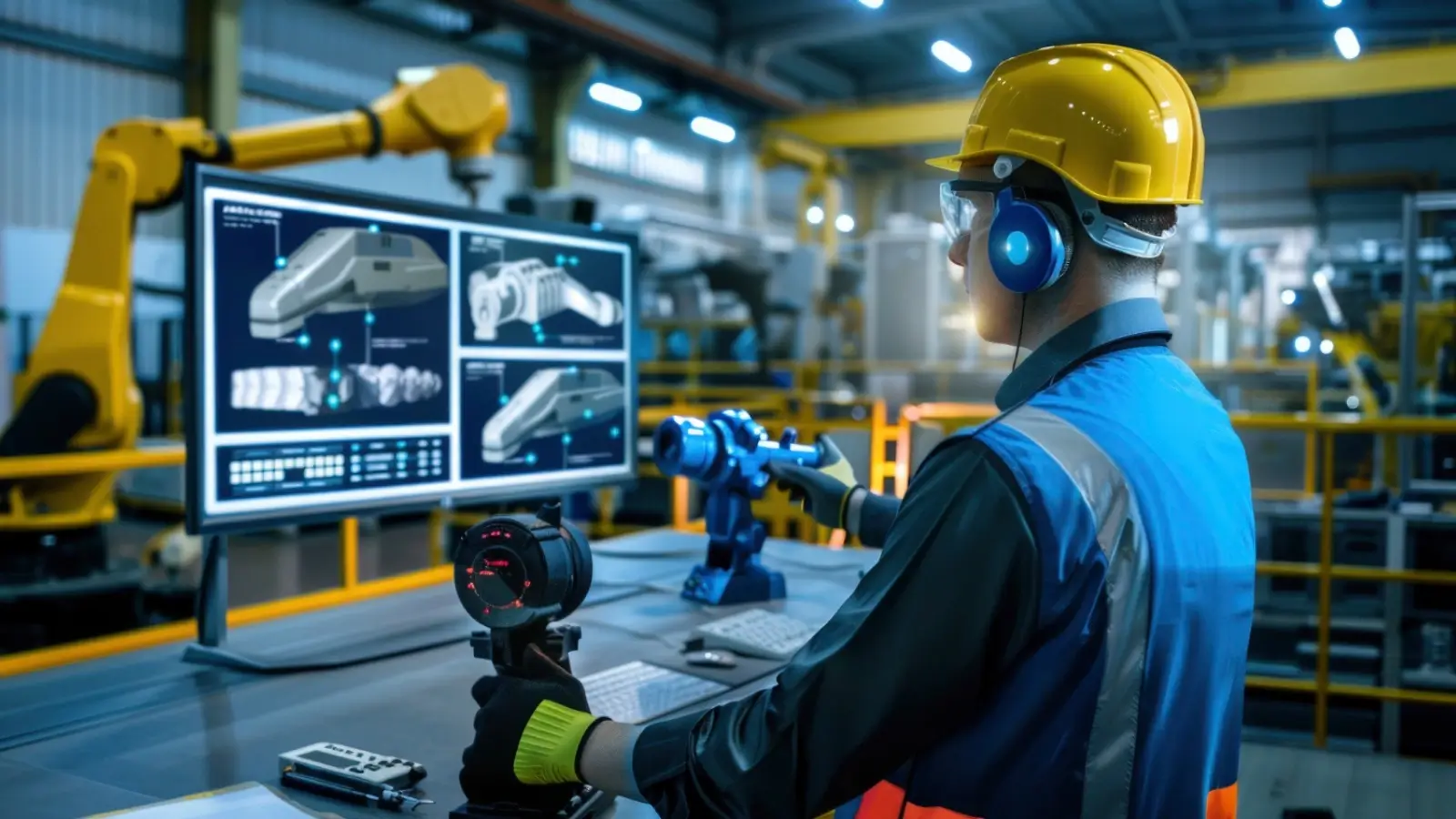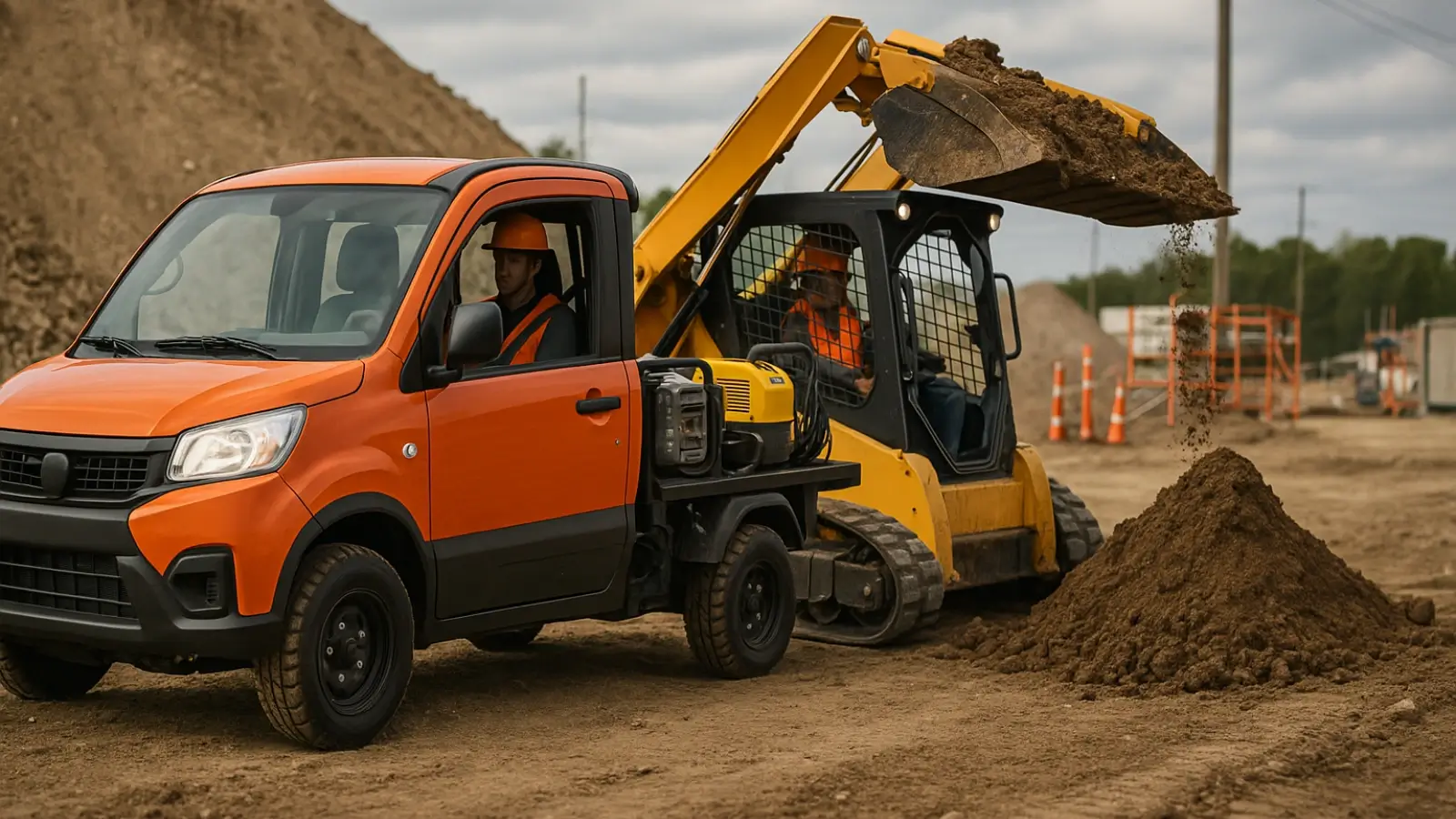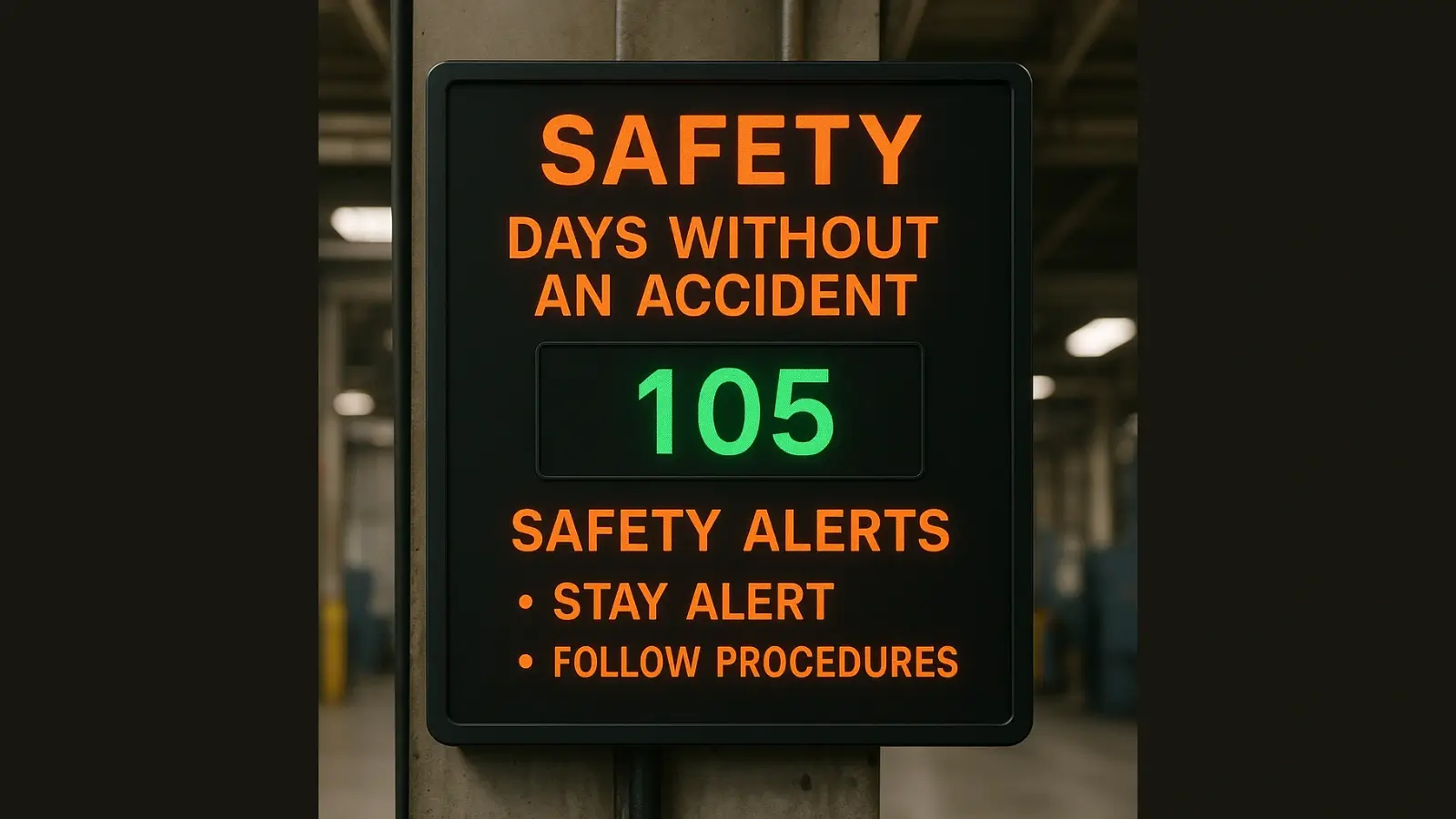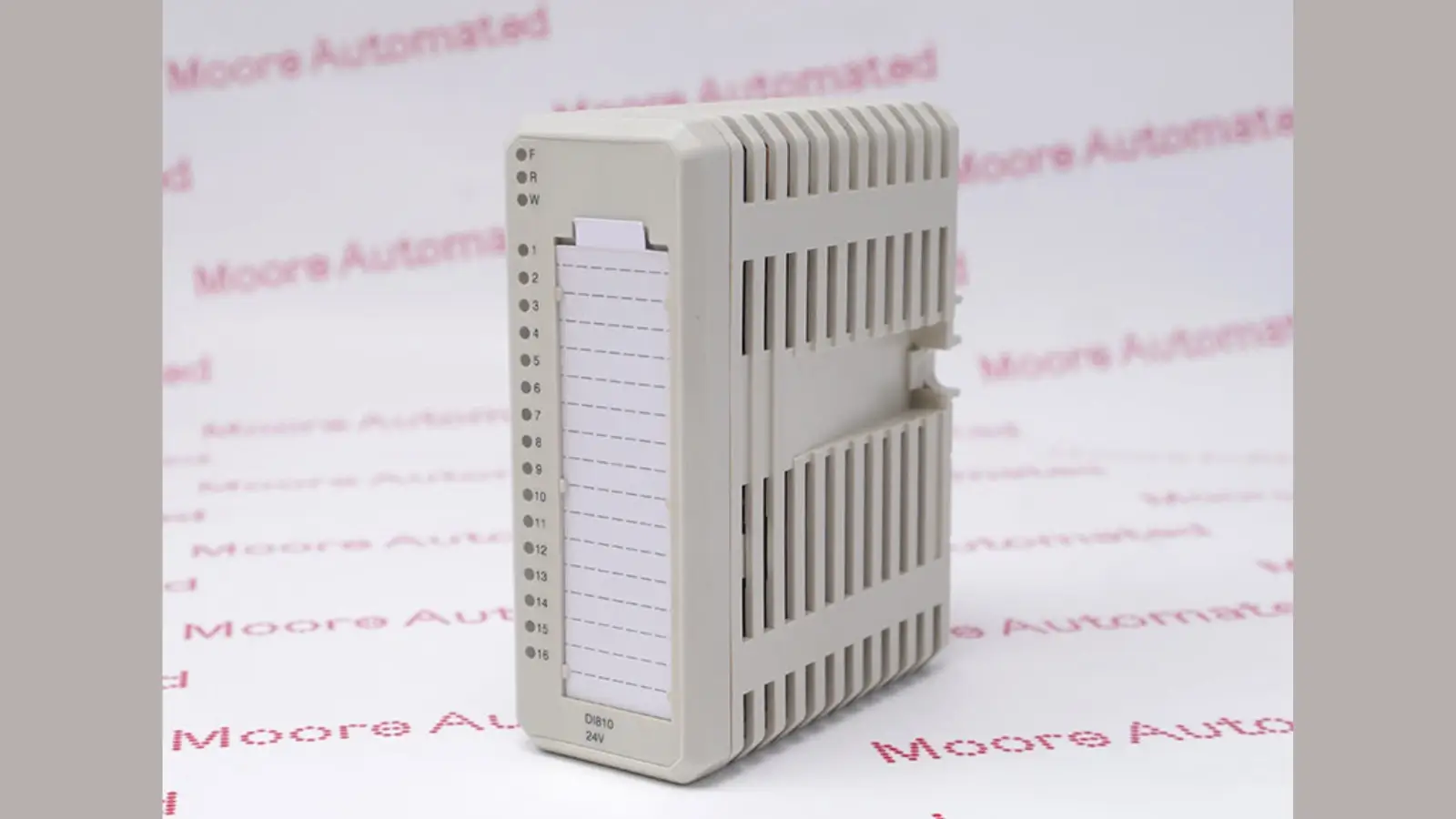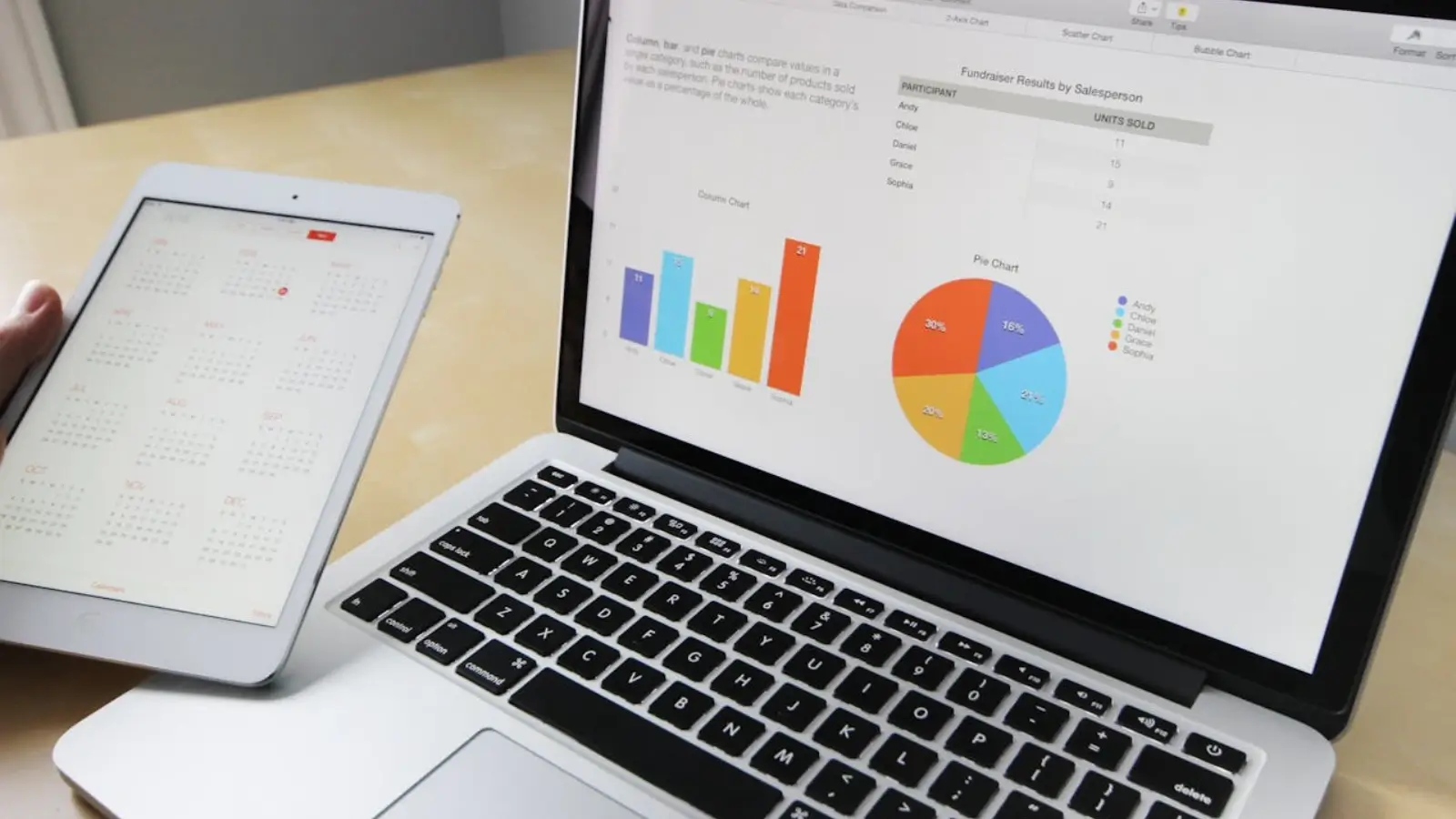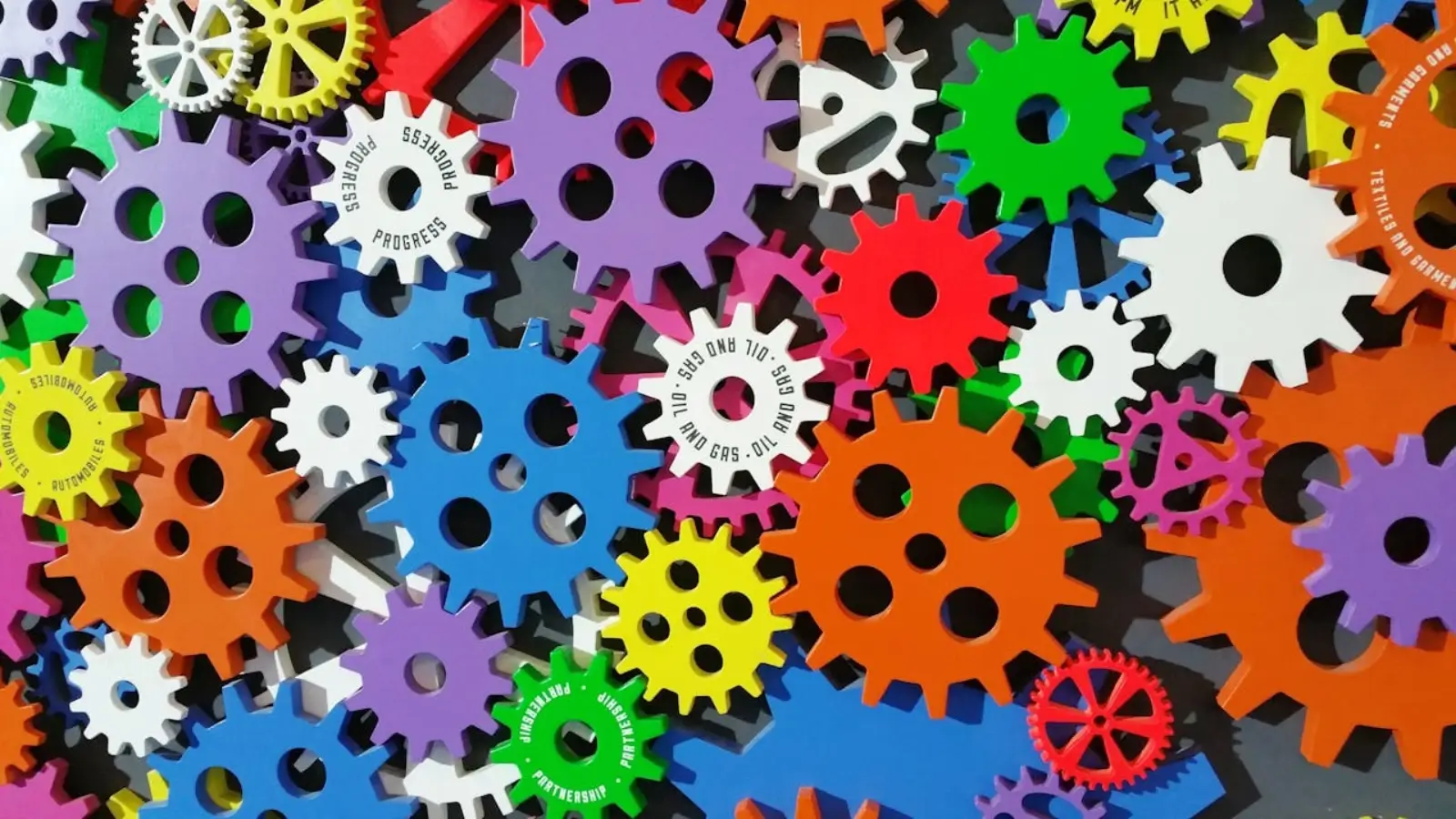Human error, the primary cause of maritime incidents, often goes unrecognized, masked by external factors like weather and radar. What if prevention began with real-time, inward assessment?
Maritime safety has always been a high-stakes equation, but the numbers remain stubborn: between 60% and 90% of marine accidents are linked to human error, according to various studies. Groundings, collisions, onboard fires - many of these events are attributed to “external conditions” or equipment failure. Yet in many cases, the root cause lies not outside the vessel, but within it.
Take, for example, the recent grounding of a tanker off the coast of Norway. Initial reports pointed to navigational error, but the deeper issue was fatigue, an officer who may have missed a course correction during a night shift. Or consider the devastating fires that continue to claim vessels: while flames are the visible danger, it’s often a lapse in onboard procedure or delayed detection that allows them to escalate.
The Traditional Separation: Onboard vs. External
Maritime risks are often categorized into two types: onboard and external. Onboard risks refer to what happens within the vessel - crew behavior, safety violations, equipment misuse, or lapses in procedure. External risks are those seen as beyond the vessel’s control - such as rough weather, nearby traffic, or navigational hazards.
But this distinction can be misleading. Many incidents classified as “external” actually originate from onboard failures. For instance, a grounding may be blamed on poor visibility or a navigational error, but it often stems from an officer falling asleep or misjudging a course. These are, eventually, clear onboard causes. In reality, the two categories are deeply intertwined as an onboard failure can trigger an external incident, and the consequences are just as serious. Understanding this overlap is crucial. Treating these risks as separate silos creates blind spots in prevention efforts.
Technology’s Expanding Role in Maritime Safety
Advancements in maritime safety technology have traditionally focused on the vessel's external environment - radar, AIS, and ECDIS systems that track traffic, hazards, and weather. However, a growing wave of data-driven innovation is shifting the focus inward too.
A comprehensive 2024 review in Applied Sciences analyzed AI applications across the maritime sector, including crew management, predictive maintenance, and navigation support. It found that AI-driven systems can identify potential hazards, provide real-time decision support, and predict equipment failures, fundamentally transforming safety from a reactive to a preventative stance.
The commercial impact is underscored by market analysis. The global maritime AI sector is valued at approximately USD 4.3 billion in 2024 and projected to grow over 40% annually through 2030, driven largely by demand for enhanced safety and operational efficiency. In practice, these pro-active systems are integrating with bridge and engine-room sensors to flag early-warning signs of human fatigue, procedural noncompliance, system wear, navigational threats, and more.
Closing the Gap Between Onboard and External Risks
One of the notable players in this field is Captain’s Eye, with its systems installed in hundreds of vessels. Built to integrate with existing CCTV infrastructure, the system uses AI-powered video analytics to continuously monitor onboard conditions and detect early signs of risk - smoke, anomalies, oil leaks, missing PPE, or behavioral cues like fatigue and distraction.
The strength of its technology lies in how it addresses this false divide between “internal” and “external” risks. It identifies the onboard behaviors and conditions that so often precede external incidents, like fatigue leading to a navigational error, or a missed safety step resulting in fire, and prevents the cascading effect before it starts. In this way, the system delivers both prevention to internal and external safety events.
Importantly, Captain’s Eye is designed to support, not replace, the human crew. By serving as a constant second set of eyes, especially during long shifts, complex operations, or in unmanned spaces after maintenance work has been completed, it helps ensure that safety is never left to chance. In doing so, it reinforces the human element at the center of maritime safety, with technology as its ally.
Final Thoughts
The future of maritime safety depends on moving past outdated distinctions between what happens inside the vessel and what happens outside, between human oversight and technological tools. When these elements work together, the industry is better positioned not just to respond to incidents, but to prevent them altogether.










